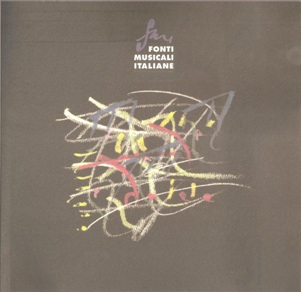Tansillo in musica: il caso delle «Lagrime di san Pietro»
Abstract
Tansillo set to music: the case of «Le lagrime di San Pietro»
There is no doubt that the fame of the poet Luigi Tansillo (1510-1568) with his contemporaries was widespread both in Italy and abroad in the sixteenth and seventeenth centuries; this is evidenced by the countless editions (frequently posthumous) of excerpts from his canzoniere and of his poems, more or less authorized (either monographic or included in miscellanies). The poetry of Luigi Tansillo was also much in demand with the musicians of his time (who were considerably attracted by Petrachism); only occasionally however has the musical success of his poems been the subject of study on the part of current musicology.
Compared to the immense literary success of Tansillo’s Le lagrime di San Pietro (which gave rise to an authentic school of spiritual poetry), the scarce exploitation by musicians of this poem is extremely puzzling. As far as we know, only two composers in the late sixteenth century (who were moreover practically contemporaries), the little known Antonio Dueto and the famous Orlando di Lasso, made use of the octaves of this immense unfinished poem, dedicating them to two important members of the Aldobrandini family, Pope Clement VIII and his cardinal nephew Pietro Aldobrandini.
A clear picture of the relationship poetry-music in the second half of the sixteenth century can be gathered from a comparative examination of the diffusion of the literary editions and the consequent fortune in music of the published texts. Tansillo’s Le lagrime di San Pietro is a typical example.
In the second half of the sixteenth century, some of the first partial editions of Le lagrime di San Pietro appeared in Genoa, which then became a centre for the publication and diffusion of Tansillo’s poem. It is not therefore surprising to find in this city a composer, Antonio Dueto, dynamic maestro di cappella and canon of the Cathedral of San Lorenzo, absorbed in setting to music eight of the numerous octaves of Le lagrime - and thereby incidentally proving the success of the genre of devout poetry at the height of the Counter-Reformation. The edition of Dueto’s cycle is reproduced at the end of this paper.
Downloads
Published
Issue
Section
License
© CIDIM
Tutti i diritti riservati


